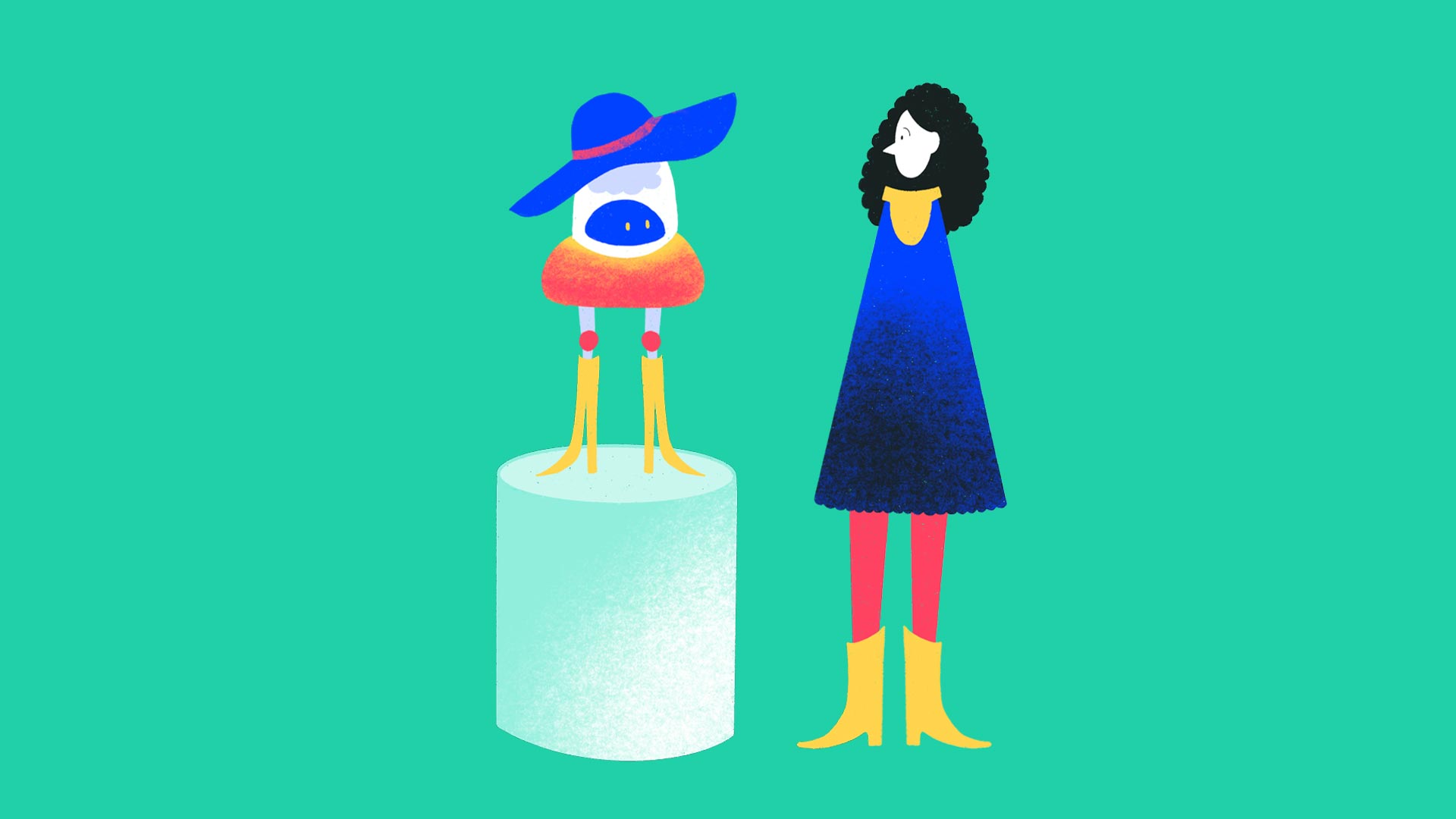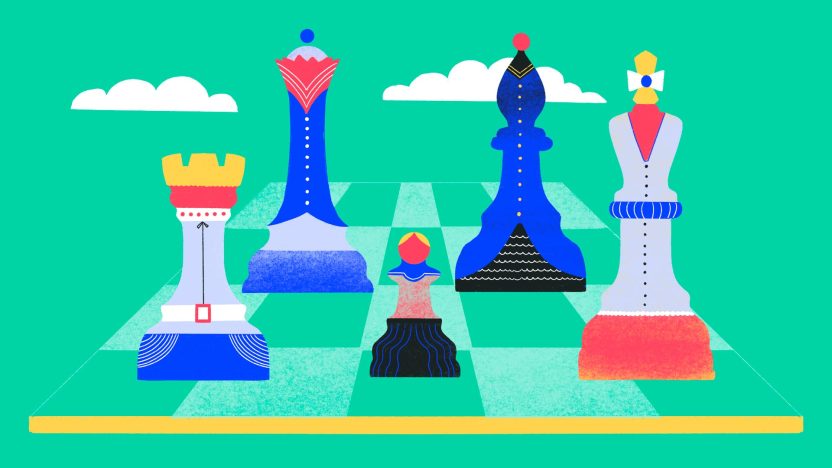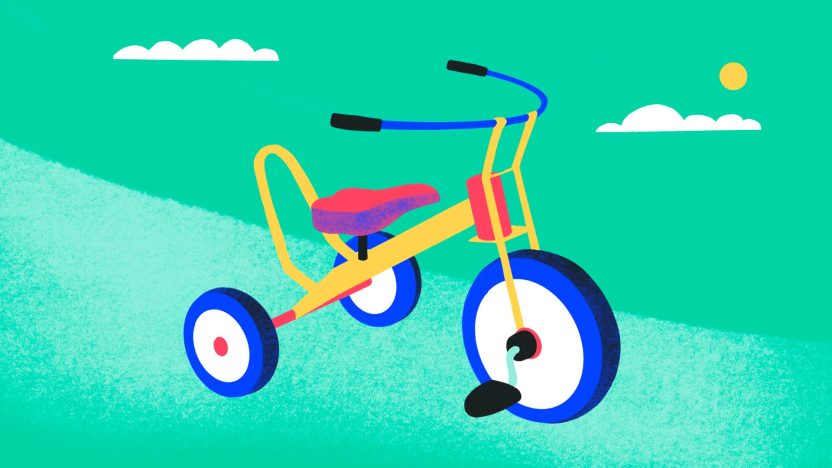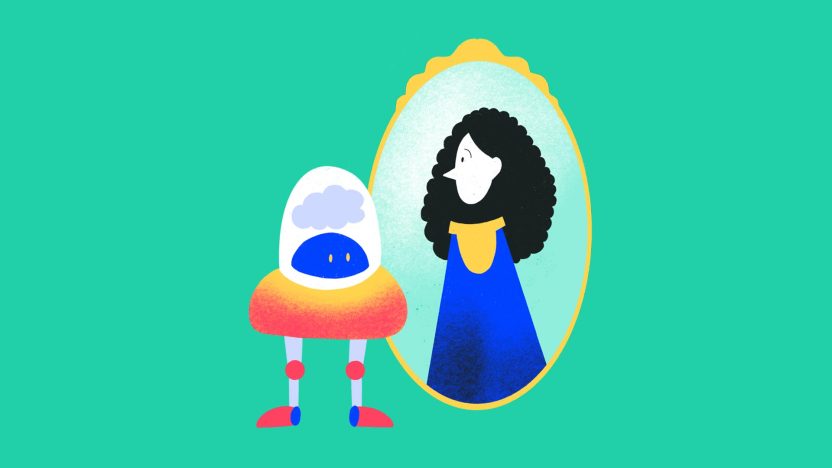Everyone gets their own GenAI
Though intuitive and rooted in language, this technology is approached in a variety of different styles. What’s yours?
by MAIZE

Not everyone uses artificial intelligence the same way. Some approach AI gradually, studying it before using it, while others prefer to use it immediately, exploiting its potential from the start. Compared to more technical professions, creative professions not only look to AI for different needs but also welcome its assistance differently. In the creative sphere, AI is often seen as a tool for support and inspiration, while in more knowledge and precision-oriented contexts, its use can be seen primarily as a means to optimize and refine existing structured processes.
The approach
The approach to discovering AI can follow two distinct paths, depending on the user’s needs and how they want to explore the tool’s potential.
- First approach: Some users start with a generic AI tool and explore its capabilities in a variety of tasks. If the AI proves fruitful, they tend to specialize and delve deeper into using more specific tools to address specific needs or further improve the quality of their work. This way, they can test the AI in a broad field first, and then focus on more targeted applications.
The first thing I used was ChatGPT (direct and easy prompting). Then, I tried to figure out how to make better use of it. — Matteo
- Second approach: Other users prefer to start with specific tools designed to solve certain problems or perform specialized tasks. Once they understand the value of these tools, they move on to more general applications of AI, exploring how the technology can be used more broadly in other areas. This path allows them to build a solid foundation of specific expertise before broadening the scope.
These two approaches reflect different strategies for exploring and making the most of artificial intelligence, depending on the user’s priorities and needs.
I had to prepare a post for the museum I work for, and I had been inspired by an advertisement seen in a design book. So, I tried it on the desktop with Adobe Firefly. I started with prompts, first in Italian, then in English, and as I used the tool, I realized that I could add reference images and color palettes. I slowly started to take advantage of it. — Elisa
I study you first vs. I use you right away
The approach to artificial intelligence can be viewed from two opposite perspectives: preliminary study and hands-on.
- Preliminary study: Some people prefer to study the technology thoroughly before putting it into practice, reading guides and manuals and grasping the theoretical underpinnings. This approach allows them to approach AI with a solid background, reducing uncertainty and increasing confidence in their ability to make good use of the tool from the first time they use it.
Before I start using them, I always try out all the new tools to understand their versatility with respect to my workflow. — Arturo
- Hands-on: Others, however, prefer to experiment directly, getting right to work with AI and learning as they go. This hands-on approach allows them to quickly explore the tool’s potential and later adapt and deepen their knowledge as they need to understand the details better.
These two approaches reflect different ways of dealing with technological innovation: one focused on theoretical preparation and the other on practical experimentation, both of which are valid depending on individual needs and learning styles.
Creativity vs. Specific knowledge
Creatives and scientists engage with AI differently, reflecting their different approaches to knowledge and innovation.
- Creatives tend to be more comfortable with the tool and its results, treating AI as an opportunity to fuel their imagination. With a more flexible approach, creatives use AI as a lever to amplify their ideas, incorporating technological suggestions into their process without being afraid to experiment.
When I need inspiration, I immediately start with AI, based on the content I already have in my head. What’s more, by making mistakes you can get unexpected results, and for me that’s fundamental; that’s why I jump right in. — Gabriele
- Scientists, on the other hand, often approach AI with an open mind, but with some caution. With a solid background in the subject matter, they tend to be more critical of AI results and more skeptical of their reliability. Their deep knowledge of the subject leads them to compare what AI produces with their own level of expertise, often questioning the accuracy and depth of the information generated.
It’s not a matter of knowledge of the field or the subject matter, but of the goal I have to achieve. The tool is an endless source of knowledge, but only I know what the goal is. — Teresa
This difference highlights how AI is perceived not only as a technological tool, but as something that interacts with the user’s background and mindset, influencing his or her sense of trust and how to use it.
This article is part of our research project


